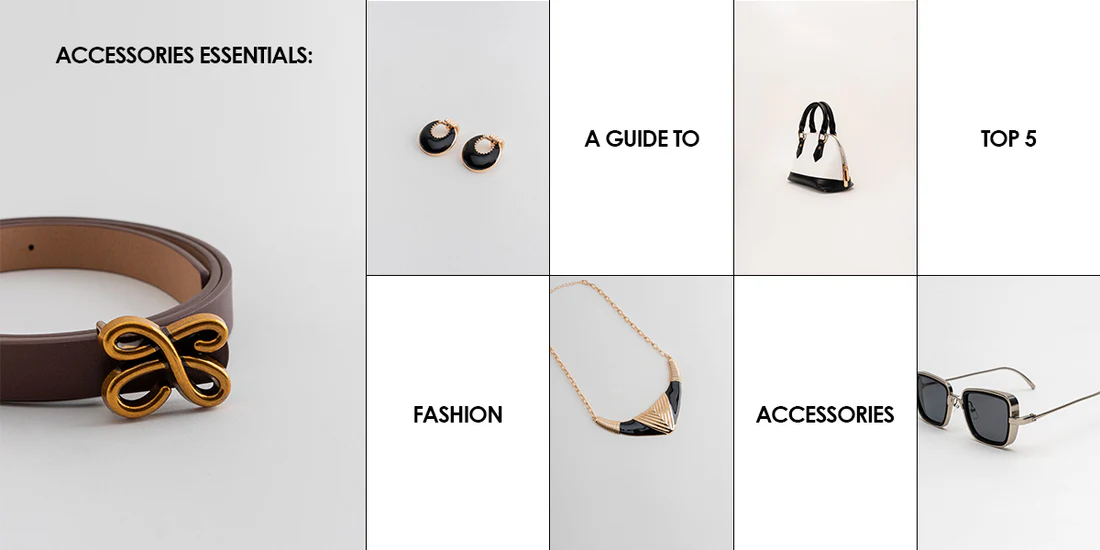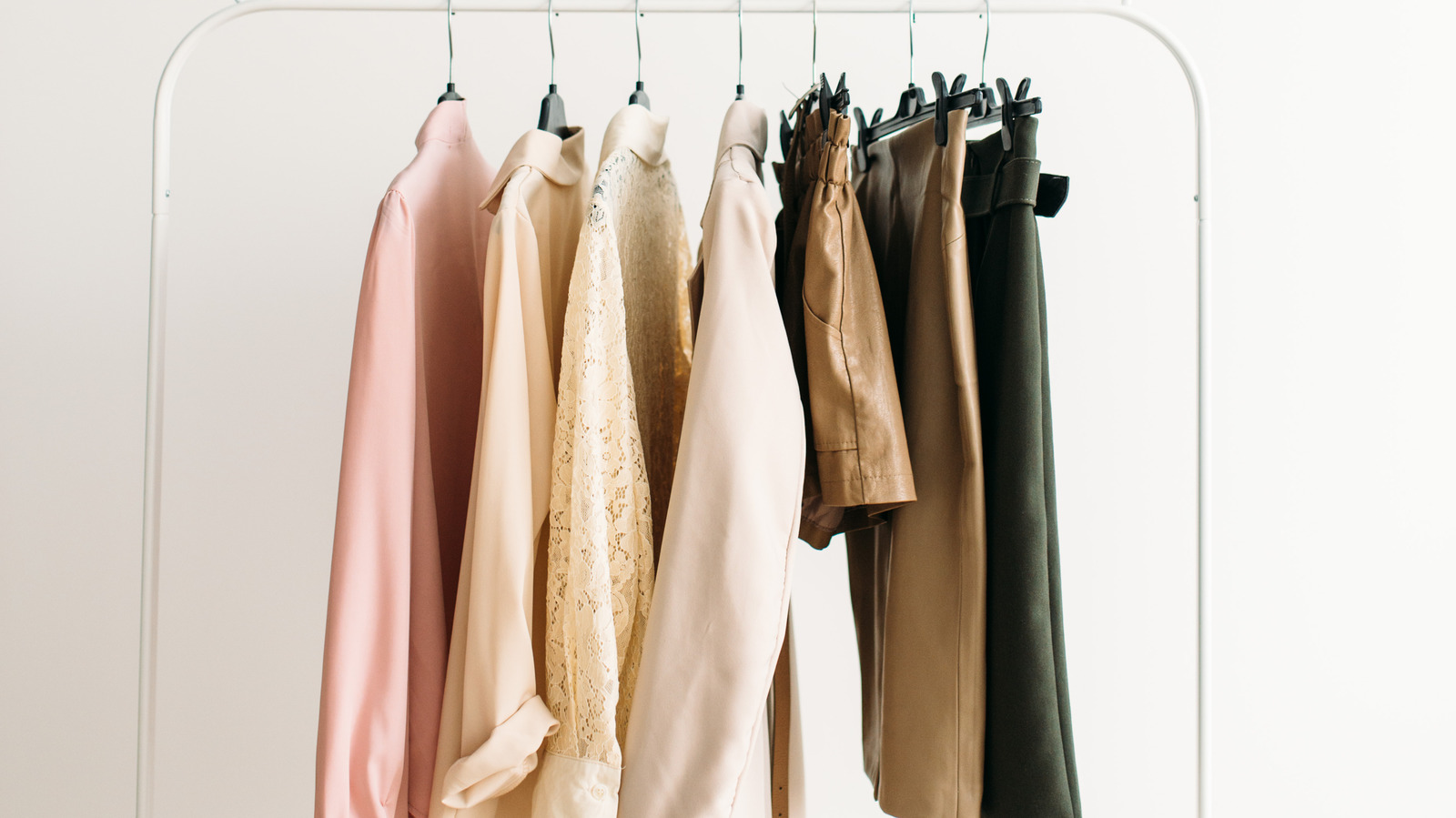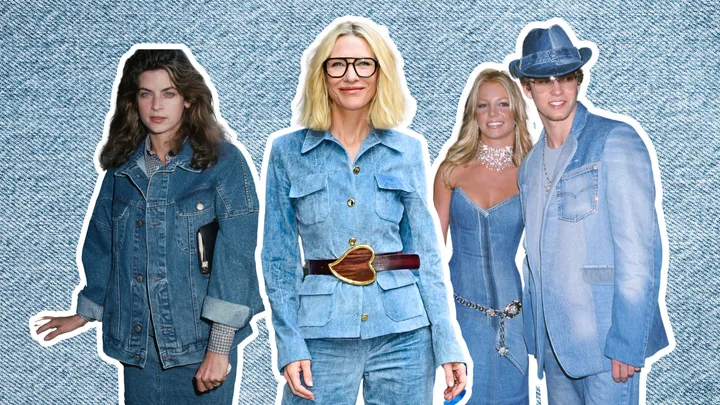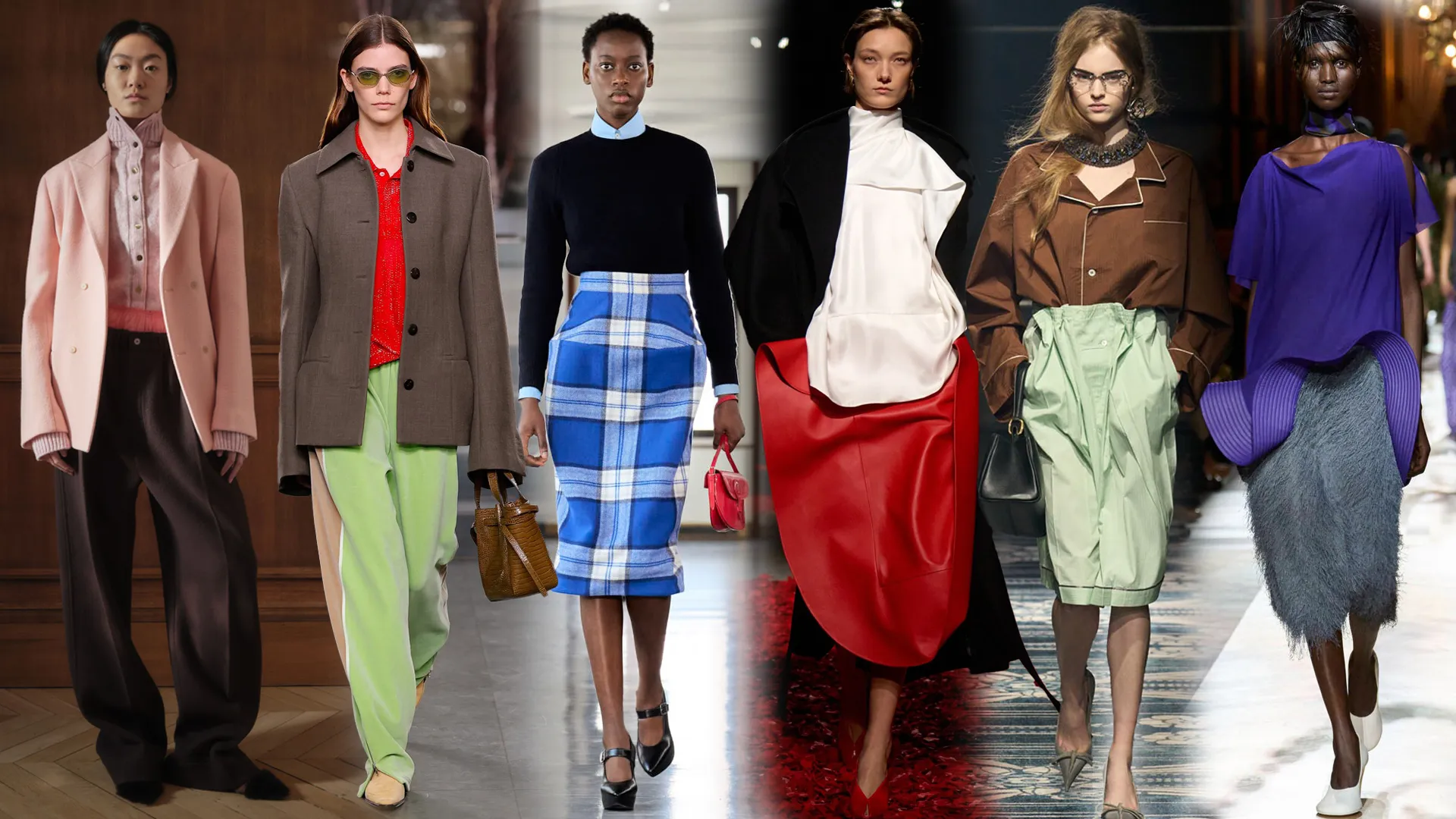The Ultimate Accessory Guide
Accessories possess the remarkable power to transform ordinary outfits into extraordinary expressions of personal style. These finishing touches can elevate basic garments, add personality to professional attire, and create visual interest that captures attention and reflects individual aesthetic preferences.
Mastering the art of accessorizing requires understanding balance, proportion, and the subtle interplay between different elements. The right accessories can enhance your best features, complement your chosen color palette, and communicate your style sensibility without saying a word.
Accessory Philosophy: Great accessories should enhance, not overpower. They serve as the punctuation marks in your style sentence, adding emphasis and clarity to your overall look while reflecting your personality.
Essential Accessory Categories
Building a well-rounded accessory collection requires understanding the key categories that form the foundation of versatile styling. Each category serves different functional and aesthetic purposes while offering opportunities for creative expression.
Jewelry
From delicate everyday pieces to statement-making designs, jewelry adds sparkle, sophistication, and personal meaning to your outfits.
Handbags
Functional yet fashionable, handbags serve as both practical necessities and style statements that can anchor or elevate any look.
Eyewear
Sunglasses and prescription glasses offer protection while defining facial features and adding intellectual or glamorous appeal.
Headwear
Hats, headbands, and hair accessories provide both functional protection and stylistic flair while framing the face beautifully.
Footwear
Shoes ground your outfit while expressing personality, from comfortable flats to statement heels that command attention.
Scarves & Wraps
Versatile pieces that add warmth, color, texture, and pattern while offering countless styling possibilities for any season.
The Golden Rules of Accessorizing
Successful accessorizing follows certain principles that ensure cohesive, balanced, and intentional styling. Understanding these guidelines provides a framework for making confident accessory choices that enhance rather than overwhelm your overall appearance.
Essential Styling Principles
Jewelry Layering Mastery
Layering jewelry creates depth, visual interest, and personal expression while showcasing multiple pieces harmoniously. This technique requires understanding proportions, textures, and metal coordination to achieve sophisticated results.
Occasion-Appropriate Accessorizing
Different settings and events require thoughtful accessory selection that respects dress codes while allowing personal expression. Understanding these nuances helps you make appropriate choices that enhance your confidence and comfort.
Accessorizing by Occasion
Professional Settings
Choose refined accessories that complement rather than distract. Structured handbags, classic watches, subtle jewelry, and polished shoes create professional credibility while maintaining personal style.
Casual Social Events
Express creativity with fun patterns, textures, and colors. Layer jewelry playfully, experiment with trendy bag styles, and use accessories to showcase personality while remaining comfortable and appropriate.
Formal Occasions
Opt for elegant, timeless pieces that enhance your outfit's sophistication. Consider the event's formality level, your dress style, and choose accessories that add glamour without overwhelming your overall appearance.
Weekend Adventures
Prioritize functionality while maintaining style. Choose comfortable shoes, practical bags with secure closures, and accessories that can withstand activity while keeping you looking put-together.
Color Coordination and Styling
Using accessories to create color harmony requires understanding how different hues interact and complement each other. This knowledge enables confident mixing and matching that creates cohesive, intentional-looking outfits.
Metallic Mixing Guidelines
Modern styling embraces mixed metals when done thoughtfully. The key lies in choosing one dominant metal and adding accents of others, ensuring the combination feels intentional rather than accidental.
- Start with one dominant metal (gold, silver, or rose gold) as your foundation
- Add accent pieces in complementary metals for visual interest
- Consider your skin tone when choosing dominant metal colors
- Use connecting pieces that incorporate multiple metals for cohesion
- Balance warm and cool tones throughout your overall look
Color Harmony Tip: Use the 60-30-10 rule for accessories: 60% neutral tones, 30% secondary colors, and 10% bold accent colors for balanced, visually pleasing combinations.
Seasonal Accessory Transitions
Adapting accessories for different seasons keeps your style fresh while maintaining functionality. This involves considering both practical needs and aesthetic preferences as weather and light conditions change.
Spring calls for lighter materials, brighter colors, and fresh patterns that reflect renewal and growth. Summer accessories prioritize sun protection and breathable materials while maintaining chic appeal. Fall introduces richer tones, textural interest, and layering opportunities. Winter accessories focus on warmth without sacrificing style, incorporating luxurious materials and sophisticated color palettes.
Building Your Accessory Collection
Creating a versatile accessory wardrobe requires strategic investment in quality pieces that serve multiple styling purposes. Focus on building a foundation of classics before adding trendier pieces that reflect current interests.
Investment Priorities
- A quality leather handbag in a neutral color that works for multiple occasions
- Classic jewelry pieces including stud earrings, a versatile necklace, and a quality watch
- Comfortable, well-made shoes in both casual and dressy styles
- A silk scarf that can be styled multiple ways throughout seasons
- Sunglasses that flatter your face shape and offer UV protection
Care and Storage
Proper care extends the life of your accessories while maintaining their appearance and functionality. This includes regular cleaning, appropriate storage, and preventive maintenance that preserves your investment pieces.
Store jewelry in lined boxes or pouches to prevent scratching and tarnishing. Keep leather goods conditioned and shaped with proper storage. Clean eyewear regularly and store in protective cases. Organize accessories for easy visibility and access while protecting them from damage and wear.
Expressing Personal Style
Accessories offer the perfect opportunity to showcase personality and creativity within any outfit. Whether your style leans minimalist, bohemian, classic, or eclectic, accessories can communicate your aesthetic preferences and mood.
Don't be afraid to experiment with unexpected combinations or statement pieces that spark joy. The most memorable and authentic style often comes from personal touches that reflect individual taste and confidence rather than strict adherence to conventional rules.
Remember that accessorizing is a skill developed over time through experimentation and observation. Pay attention to combinations that make you feel confident and comfortable, and use those insights to refine your personal accessory style that authentically represents who you are.



